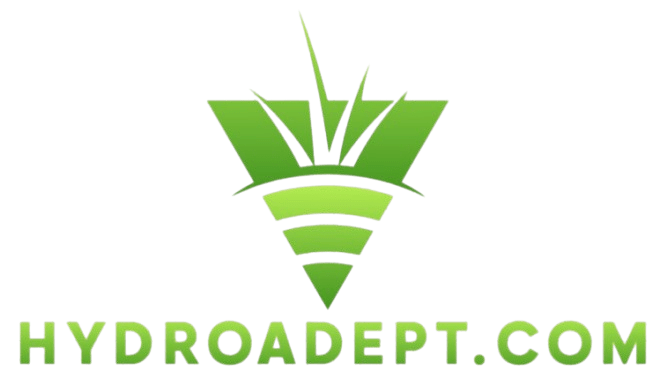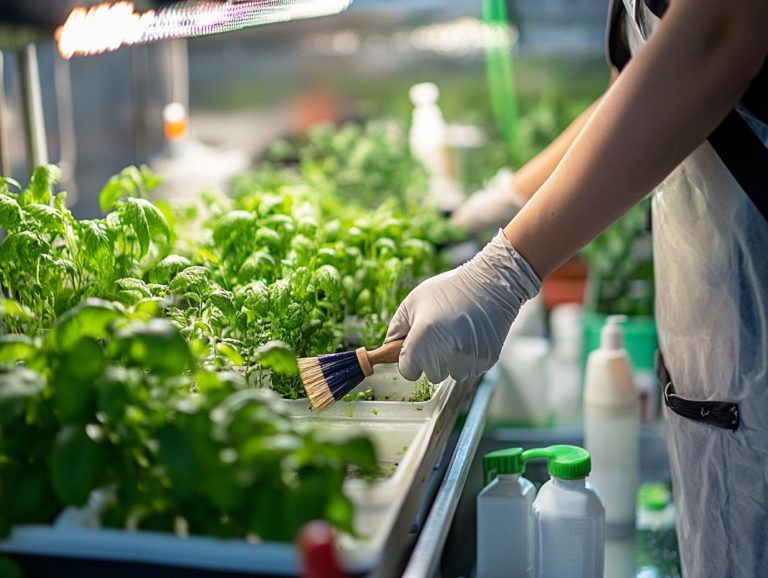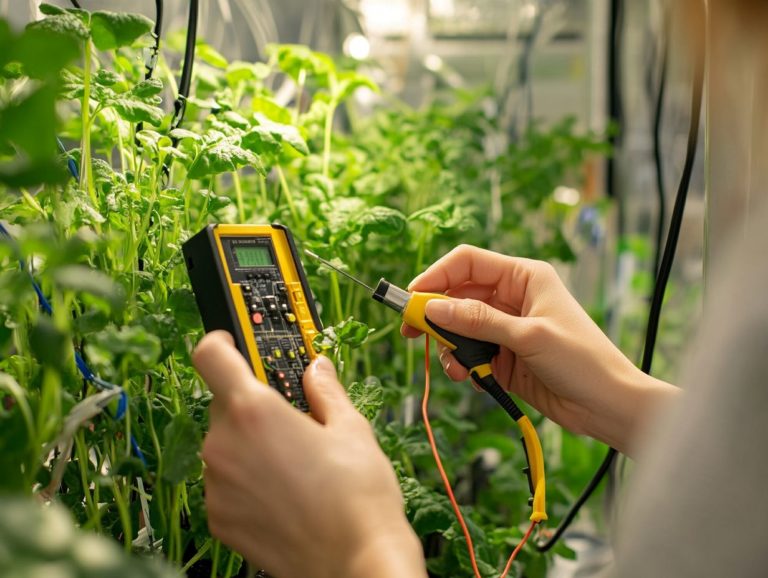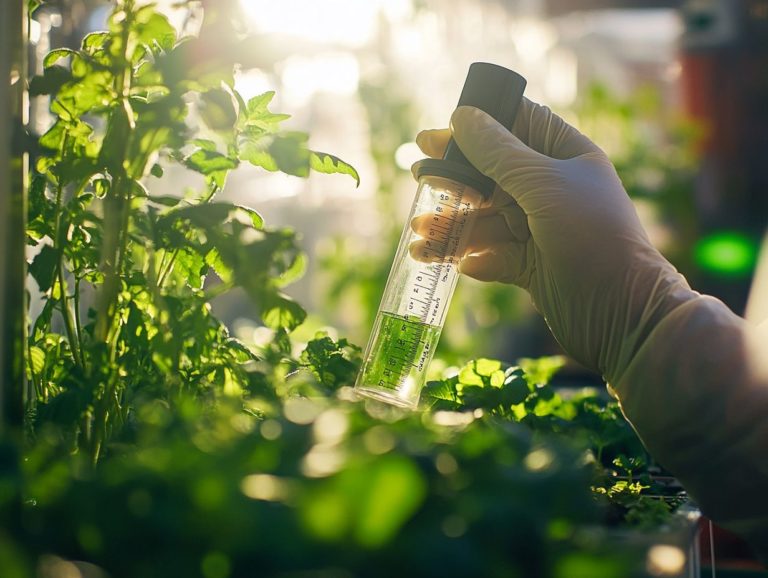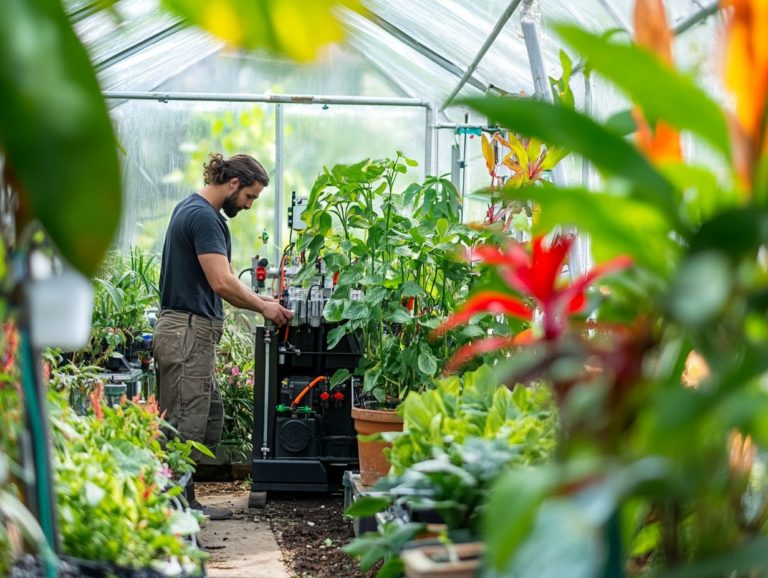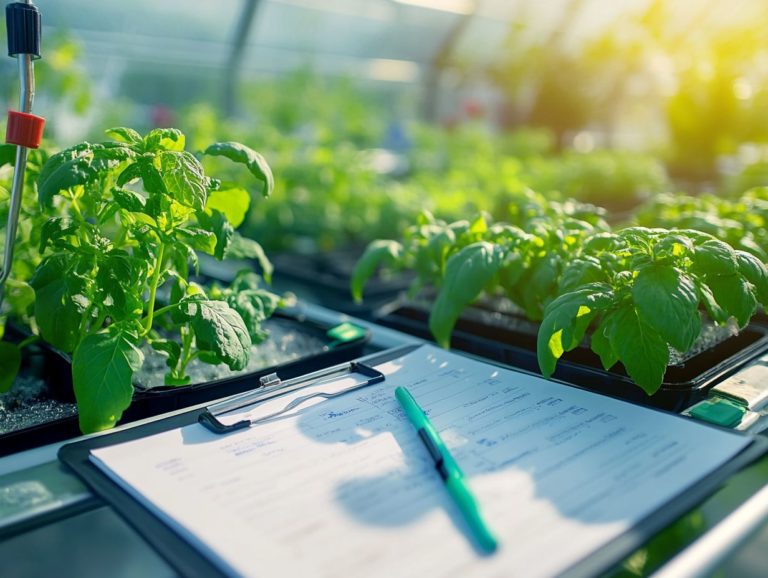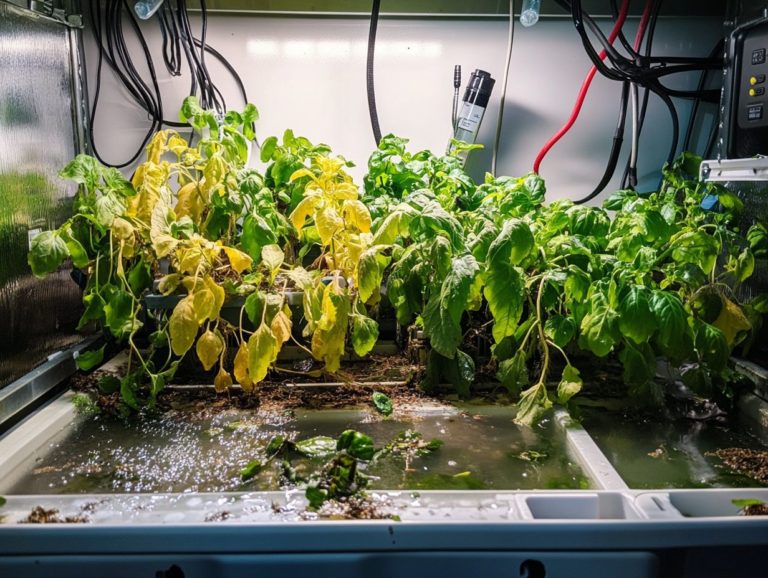Hydroponic System Leaks: Causes and Solutions
Hydroponic systems present a cutting-edge approach to cultivating plants without the need for soil. Yet, they are not without challenges leaks being a prominent concern. Understanding the intricacies of hydroponics can be key to success.
Grasping the mechanics of these systems is vital for achieving successful growth. This article delves into what hydroponic systems entail, the various types you can choose from, and the typical causes of leaks that may arise, including how environmental factors like humidity and temperature can impact growth.
You will find valuable insights on identifying leaks, addressing them effectively, and implementing preventative measures. With this knowledge, you can make your hydroponic garden thrive effortlessly, maximizing plant health and yield.
Contents
- Key Takeaways:
- Understanding Hydroponic Systems
- Common Causes of Leaks in Hydroponic Systems
- How to Identify and Address Leaks
- Preventing Leaks in Hydroponic Systems
- Frequently Asked Questions
- What causes leaks in hydroponic systems?
- How can I prevent leaks in my hydroponic system?
- Can fluctuating water levels cause leaks in a hydroponic system?
- What should I do if I notice a leak in my hydroponic system?
- Can algae growth contribute to leaks in a hydroponic system?
- What solutions are available for repairing hydroponic system leaks?
Key Takeaways:
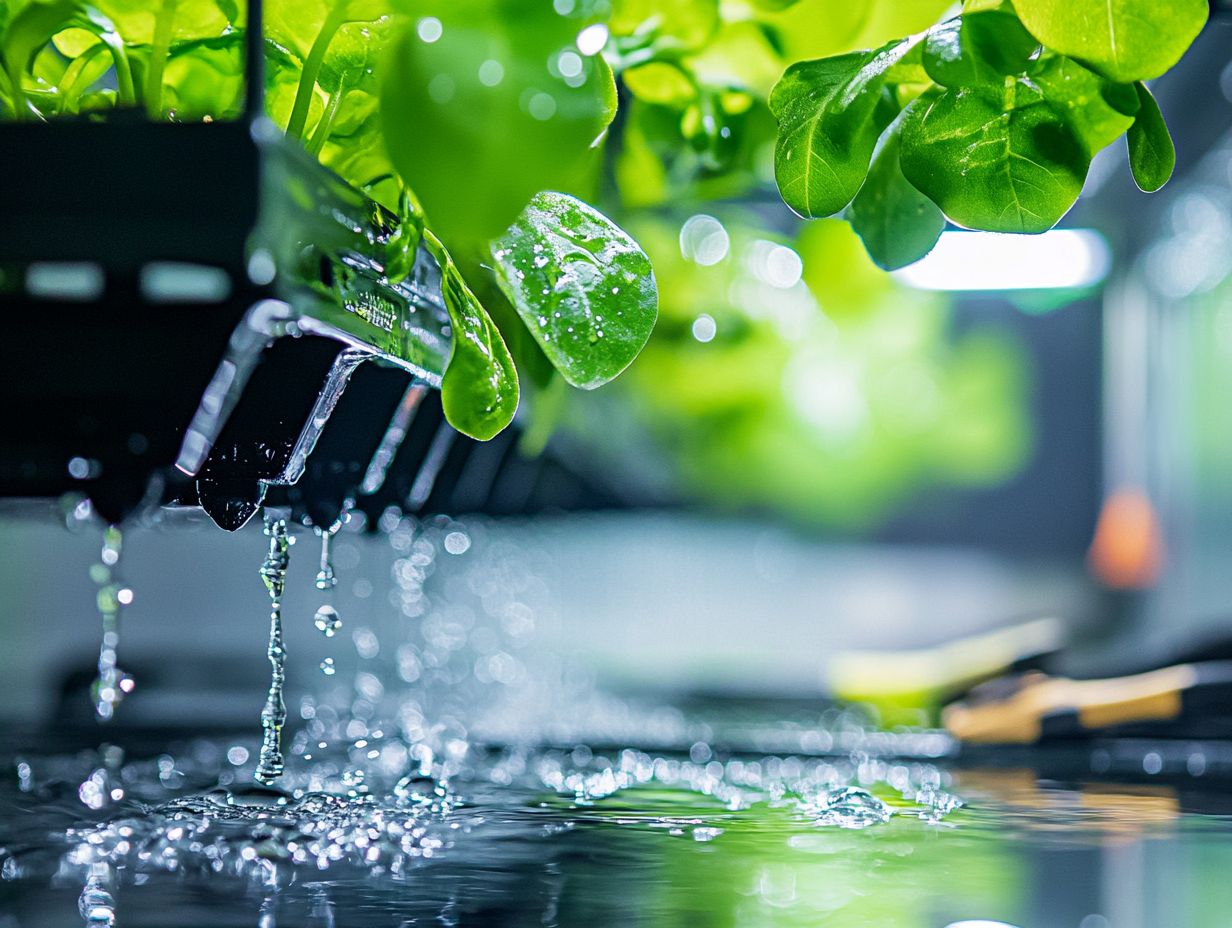
- Regular maintenance and inspections are key to preventing leaks in hydroponic systems. Use a proper cleaning system and ensure water-efficient practices to significantly reduce the risk of leaks.
- Human error, such as incorrect installation or improper handling of equipment, can be a major cause of leaks in hydroponic systems. It’s essential to understand how to manage pH levels and the nutrient solution.
- Environmental factors, such as extreme temperatures or pests, can also contribute to leaks in hydroponic systems. Controlling humidity and enhancing air circulation can significantly mitigate these risks.
Understanding Hydroponic Systems
Understanding hydroponic systems is crucial for anyone looking to cultivate plants without soil. These innovative setups utilize a water mixture that provides plants with essential nutrients, delivering essential minerals and water directly to the roots.
By minimizing nutrient deficiencies and allowing for precise control over environmental factors like light intensity and pH levels the acidity or alkalinity of the solution, which affects plant growth you create an optimal ecosystem for a variety of plant species. This reduces risks of leaf burning or curling leaves. Whether you’re a budding gardener or a seasoned commercial grower, mastering hydroponics can markedly enhance both your yield and plant health, enabling you to effectively manage the nutrient solution and tackle challenges like algae growth.
What is a Hydroponic System?
A hydroponic system presents a sophisticated method for growing plants without the need for soil. It utilizes a nutrient solution to deliver all essential elements directly to the roots while minimizing issues such as algae and fungi.
This innovative approach not only enhances nutrient availability for optimal plant growth but also streamlines the entire cultivation process. By eliminating soil and effectively managing water and nutrients, you significantly reduce the risk of pests and harmful fungi that often thrive in traditional gardening environments. Instead of relying on the soil s nutrient content, your plants benefit from a precisely balanced cocktail of minerals and vitamins, such as calcium and nitrogen, tailored to their specific needs.
Such a controlled environment allows for year-round cultivation, fostering healthier plants that can be monitored closely with grow lights and other equipment. This ensures they flourish without the typical challenges posed by outdoor gardens, allowing you to enjoy the fruits of your labor with remarkable ease.
Ready to start your own hydroponic garden? Dive in and experience the future of gardening today!
Exciting Hydroponic Systems You Should Try!
There are various types of hydroponic systems, each meticulously crafted to optimize nutrient delivery and water efficiency. These systems promote sustainable practices in your grow room and ensure healthy plant growth.
Take, for example, Deep Water Culture. This system allows your plants to float serenely atop a nutrient solution, giving them direct access to essential nutrients while maintaining oxygen levels. It also reduces risks associated with algae growth.
On the other hand, the Nutrient Film Technique employs a thin film of nutrient-rich water that continuously flows over the roots. This creates an ideal environment for nutrient absorption while avoiding issues such as root rot and preventing standing water.
Then there s the SCROG method, or Screen of Green. It utilizes a mesh screen to guide plant growth and maximize light exposure, enhancing your yield potential significantly while helping to reduce pests and algae.
Each system offers exciting advantages that can transform your gardening experience! This ensures that you can effectively harness the myriad benefits of hydroponic systems.
Common Causes of Leaks in Hydroponic Systems
Leaks in hydroponic systems can pose a substantial challenge, resulting from a range of factors including equipment malfunctions, human error, and environmental influences. These issues can harm the system’s integrity, leading to nutrient loss and plant stress.
Equipment Malfunctions
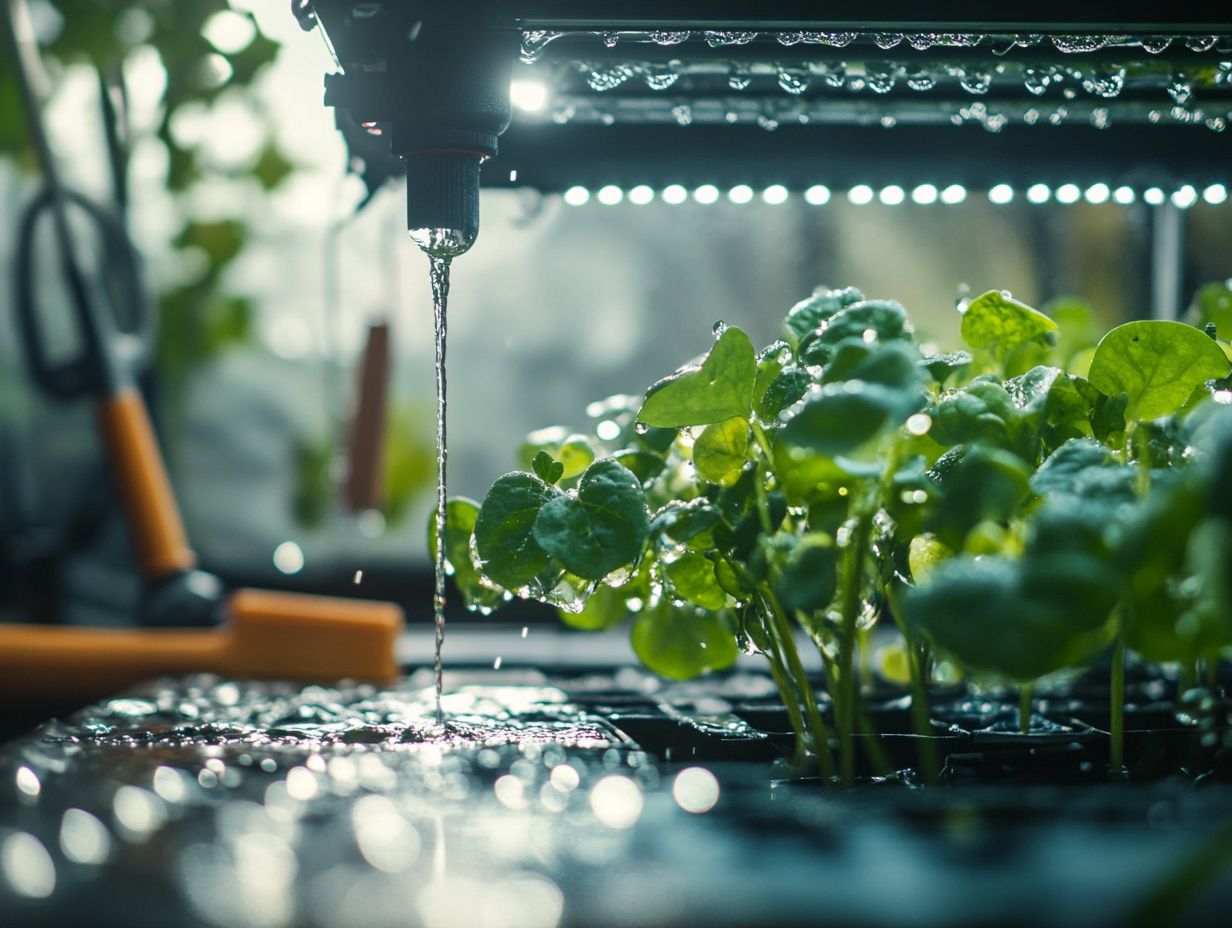
Equipment malfunctions are one of the main culprits behind leaks in hydroponic systems. They often stem from improper maintenance, wear and tear, or faulty components. Regular inspections and appropriate cleaning solutions can help mitigate these issues.
When equipment fails like pumps developing mechanical issues or seals succumbing to pressure the risks are significant. Not only does the nutrient solution face potential contamination, but your entire crop could also be jeopardized due to a lack of nutrients.
Regular preventative maintenance is crucial. By routinely inspecting pumps and seals for signs of wear, you can identify potential failures before they escalate. Choosing the right cleaning solutions, such as hydrogen peroxide or Safer Brand products, is equally important; harsh chemicals can compromise your components and disrupt nutrient balance.
By establishing a consistent maintenance schedule and utilizing appropriate cleaning agents, you can effectively protect your systems from the perils of malfunction.
Human Error
Human error can lead to leaks in hydroponic systems, often cropping up during installation or routine maintenance. These leaks can create a lack of nutrients that ultimately jeopardizes plant health, resulting in symptoms like interveinal chlorosis (a condition where leaves turn yellow between the veins) or burnt leaf tips.
Such leaks typically arise from improper sealing techniques or incorrect assembly of components. Often, they go unnoticed until the damage has already taken a toll on your plants, manifesting as curling leaves or other signs of distress. This highlights the critical importance of employing proper installation techniques; even minor oversights can escalate into significant complications. To avoid these issues, be aware of the signs your hydroponic system needs maintenance.
You must act now! Arm yourself with comprehensive knowledge about your system’s setup and maintenance. By paying meticulous attention to detail during assembly, you can save both time and resources. Understanding and implementing the right practices regarding nutrient solution management will greatly reduce the risk of leaks and their detrimental impact on crop yield.
Double-check your installations to avoid costly mistakes!
Environmental Factors
Environmental factors like high humidity, temperature fluctuations, and inadequate air circulation can significantly impact hydroponic systems. These issues may lead to leaks and unwelcome algae growth that could compromise your plants.
These elements play a crucial role in affecting the health of your plants and the integrity of the system. For instance, insufficient air circulation can create stagnant pockets that raise humidity levels. This fosters the growth of mold and algae if not managed with effective cleaning solutions.
If light intensity isn t controlled, it can spike temperatures to harmful levels. This puts stress on the system’s materials, increasing the likelihood of leaks and ultimately affecting your plants.
By monitoring these environmental aspects, you can create optimal growth conditions. This enhances both the longevity and efficiency of your hydroponic systems and ensures healthy plant growth.
How to Identify and Address Leaks
Identifying and addressing leaks in hydroponic systems is essential for ensuring optimal plant health. Unnoticed leaks can set off a chain reaction, leading to root rot, nutrient imbalances, and even algae growth that ultimately compromise your crop yields.
Stay vigilant to safeguard your plants and maximize their potential.
Signs of a Leak
Signs of a leak in your hydroponic system can present themselves in unmistakable ways, such as unusually wet patches, a noticeable drop in nutrient solution levels, or visible signs of root rot or yellowing between the veins of leaves.
These early warning signals often reveal themselves through discolored or wilting leaves, suggesting that the roots may struggle with insufficient nutrients due to compromised solution levels. This can lead to yellowing of leaves and other nutrient-related issues.
You might also notice puddles forming around the base of your containers or an increase in humidity in the growing area. Both are critical indicators of a potential leak, suggesting immediate inspection and possibly a cleaning solution to remedy the situation. It’s advisable to check for these signs and learn about identifying common hydroponic system issues to prevent further complications.
By regularly monitoring your environment, you can spot leaks and create optimal conditions for the roots. This proactive approach prevents root rot and fosters healthier plant growth, leading to more vibrant flower offshoots and overall yield.
Steps to Fixing a Leak
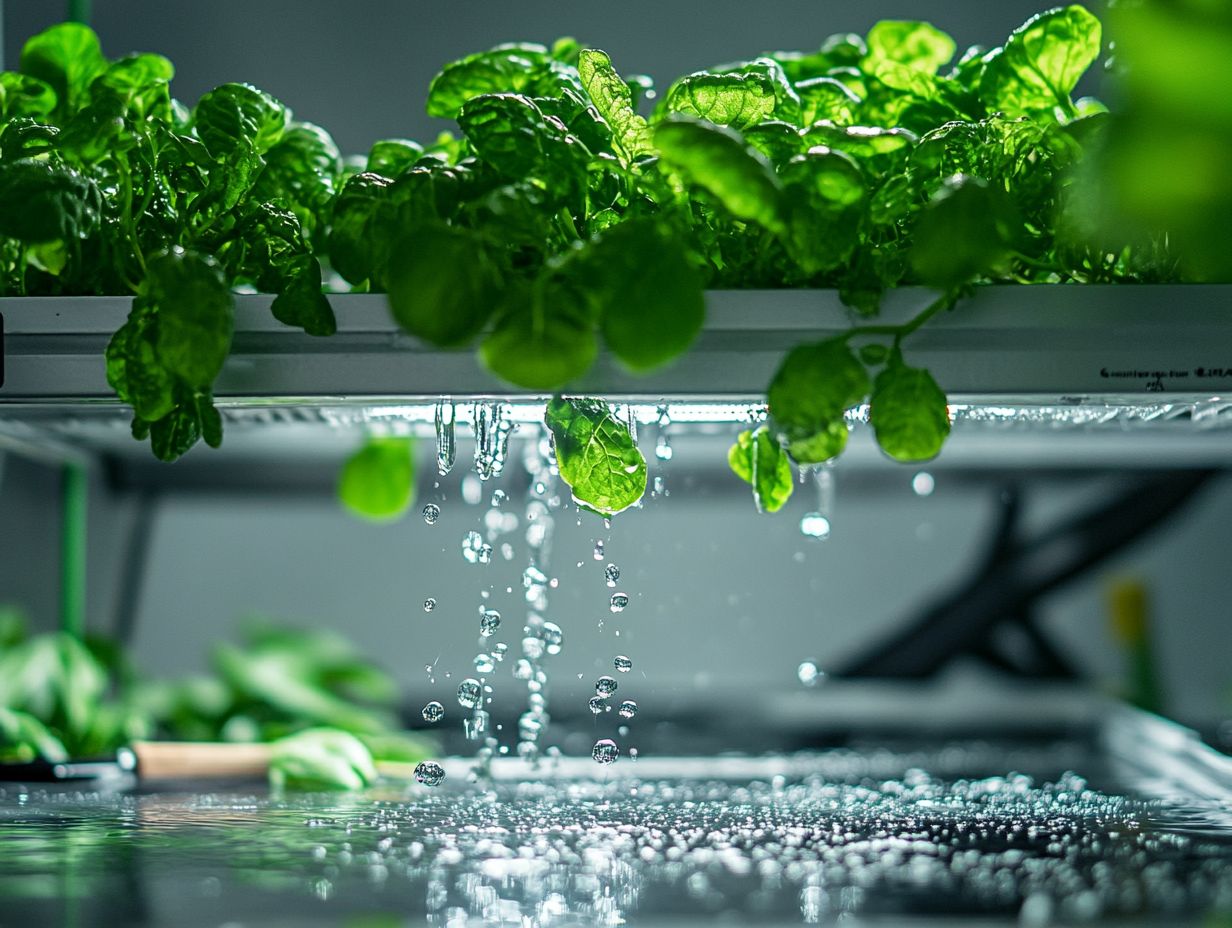
Fixing a leak in your hydroponic system requires a systematic approach. Start by pinpointing the source of the issue and draining the affected areas. Then, employ the right cleaning solutions, such as bleach or hydrogen peroxide, to restore the system’s integrity.
Act quickly to tackle leaks! Protect your plants and watch them thrive. Begin by meticulously inspecting all joint connections and tubing for any visible signs of wear or damage. Left unaddressed, these can lead to nutrient deficiencies.
Once you identify the source, drain the affected areas to avoid further complications and assess whether you need to adjust your nutrient solution’s EC levels (electrical conductivity levels).
Next, utilize a specially formulated cleaning solution, like copper sulfate or potassium permanganate, to eliminate any mold or residue. This prepares the surface for repairs. Finally, applying a suitable sealant or replacement component ensures your nutrient solution flows smoothly, guaranteeing your plants receive the resources they need for flourishing growth.
Preventing Leaks in Hydroponic Systems
Preventing leaks in hydroponic systems is crucial for maintaining the longevity and efficiency of your setup. Accomplish this through diligent maintenance and meticulous installation techniques. Ensure that every component works harmoniously to support your cultivation efforts.
Start your proactive maintenance today to ensure your hydroponic system thrives!
Regular Maintenance and Inspections
Conducting regular maintenance and inspections of your hydroponic system a method of growing plants without soil, using nutrient-rich water is essential for catching potential issues before they escalate.
This proactive approach protects your plants and boosts the efficiency of your entire growing setup. Routine tasks, such as checking nutrient levels, monitoring pH balance, and inspecting the reservoir for signs of algae or contamination, can be incredibly beneficial.
Thoroughly cleaning components like pumps, tubing, and filters is crucial to prevent blockages and ensure optimal water flow. By implementing a checklist for these vital maintenance practices, you can keep your hydroponic system in top-notch condition.
This allows for consistent plant growth and yield while minimizing the risk of disease or nutrient deficiencies.
Proper Installation Techniques
Proper installation techniques are essential for your hydroponic system to operate effectively. This minimizes the risk of equipment malfunctions while ensuring efficient nutrient solution delivery.
When you set up your hydroponic system, paying attention to detail is crucial. Make sure that all components like pumps, reservoirs, and growing mediums are aligned and securely fitted to prevent leaks and clogs.
Understanding the specific requirements for the nutrient solution is vital. Balancing pH levels and maintaining consistent nutrient delivery can dramatically influence your plants’ growth.
You should also consider the placement of your system, factoring in light exposure and air circulation to create an optimal growing environment that promotes healthy crops.
Frequently Asked Questions
What causes leaks in hydroponic systems?
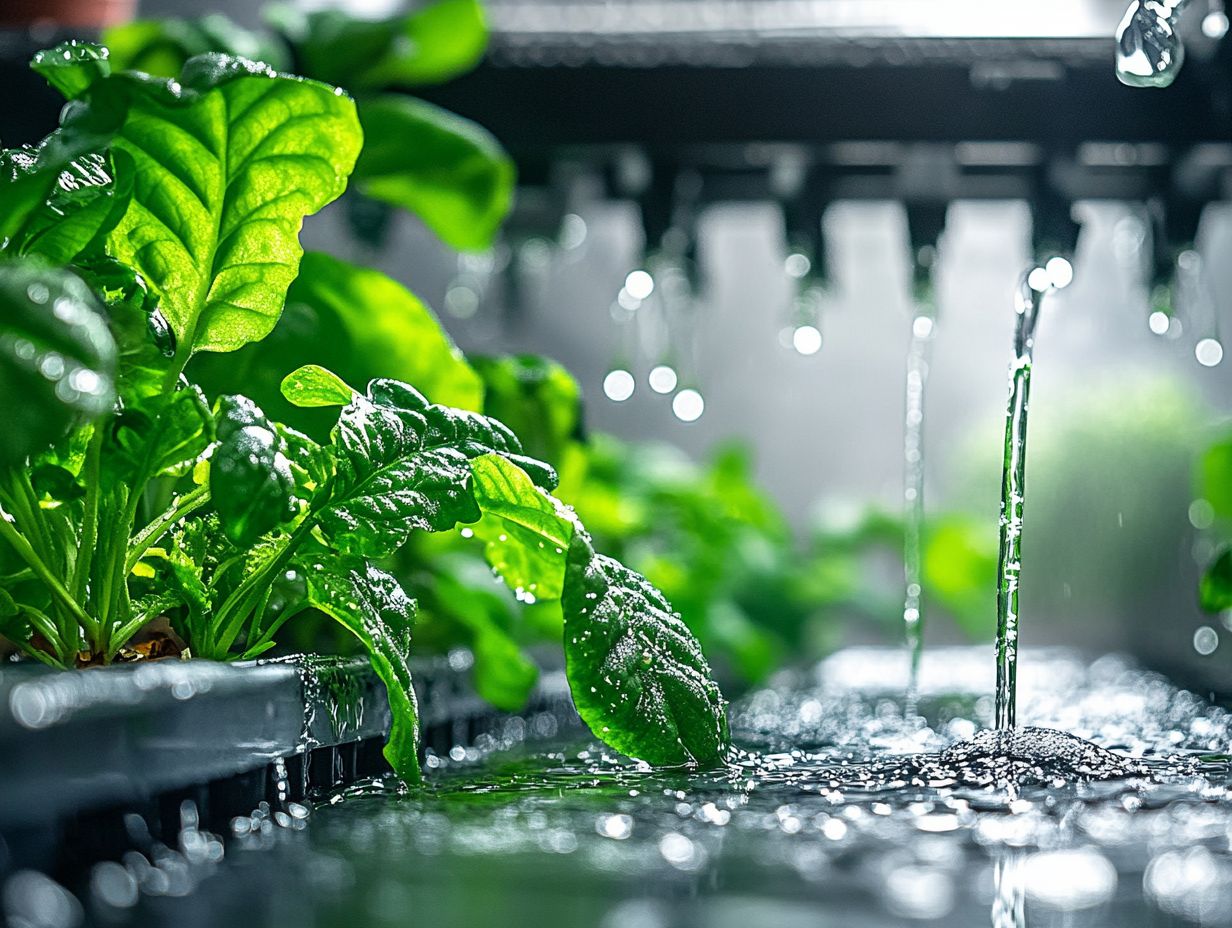
Common causes of hydroponic system leaks include faulty or damaged tubing, loose connections, and cracks or holes in the reservoir or containers.
How can I prevent leaks in my hydroponic system?
Regular maintenance and inspections help prevent leaks in your hydroponic system. Check all connections, tubing, and containers for any signs of damage or wear. Use high-quality materials and make sure to secure all connections properly.
Can fluctuating water levels cause leaks in a hydroponic system?
Yes, fluctuating water levels can put added pressure on the system and cause leaks. It’s important to maintain a consistent water level and ensure that the system is properly sealed.
What should I do if I notice a leak in my hydroponic system?
If you notice a leak, address it immediately. First, turn off the water supply to prevent further leaking. Then, identify the source of the leak and make necessary repairs or replacements.
Can algae growth contribute to leaks in a hydroponic system?
Yes, algae growth can cause clogs and blockages, leading to leaks. Regular cleaning and maintenance can help prevent algae growth and potential leaks.
What solutions are available for repairing hydroponic system leaks?
There are various solutions for repairing hydroponic system leaks, depending on the cause and severity. These include using pipe sealants, waterproof tape, or replacing damaged parts. It’s important to research and follow instructions for the specific solution being used.
Act now to ensure your hydroponic systems are well-maintained and functioning effectively. Consider signing up for our maintenance checklist or newsletter for ongoing support!
